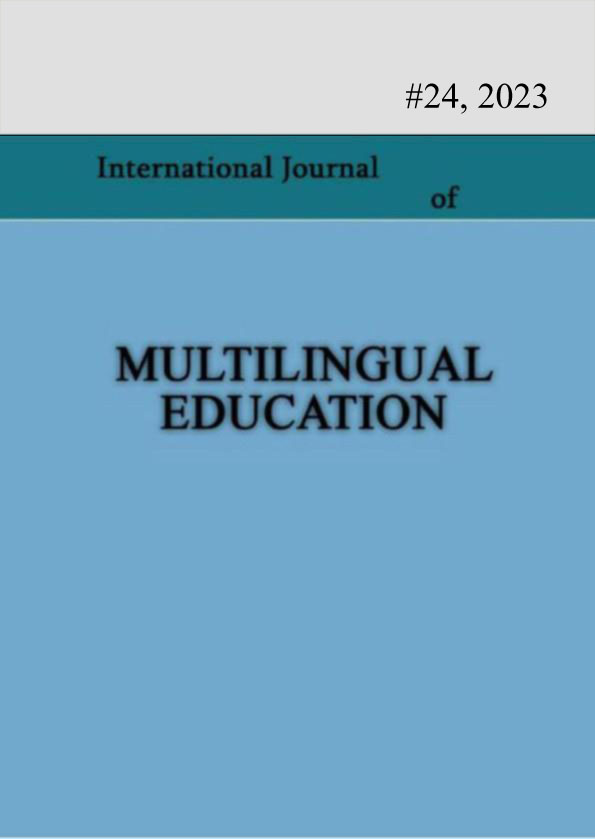Quotation in English Textbooks: Pragmatic Effect
Keywords:
English, citations, English textbooks, higher educational institutions.Abstract
Nowadays English language has become lingua franca almost for all spheres of science and education that`s why it is very important to research the modern English textbooks for non-native speakers. The new English textbooks for economists like Business Partner or Market Leader, Focus focuses on the students who should know not only linguistic but also cultural aspects of English language. The effectiveness of a textbook depends on the many factors. The paper dwells on the problem of using quotations in the modern textbooks. It has been offered some language techniques used in the English classes. In the present paper, 100 examples of quotations were analyzed. The using of quotes in the English textbooks helps to present the interesting aspects of English culture. The cumulative function of quotes is in their ability to accumulate and generalize extra lingual information. Thus, the quotation usage helps to motivate students to study English as a language of professional development and social inclusion in the English culture. English quotations in any textbooks can create the effect of immersion into English environment and cultural life. Obviously, this can motivate
students to learn English better and to know more about the English culture.
References
Cambridge Dictionary online. https://dictionary.cambridge.
Capone,A. (2013). The pragmatics of quotation, explicatures and modularity of mind. Pragmatics and Society, 4:3. P. 259-284.
Cuddon, J. A. Bowden (1998). Dictionary of Literary Terms and Literary Theory. London: Penguin BooksDe
Brabanter, P. (2023).Quotation does not need marks of quotation Linguistics.61 (2). P. 285-316.
El-Dakhs, Dina Abdel Salam. (2015). Collocational Competence in English Language Teaching: An Overview. Arab World English Journal. Vol.6., No.1. P.68-82.
Härtl H.,Schlechtweg M. (2023). Quotation as an interface phenomenon. Linguistics.61 (2). P. 275-284.
Makkai, A. (1972). Idiom Structure in English.Hague-Paris:
Mouton.Noor, N. M. (2011). Reading habits and preferences of EFL post-graduates: A case study. Indonesian Journal of Applied Linguistics, 1(1), P. 1-9. Retrieved from: http://jurnal.upi.edu/file/01_Noorizah_Reading_habit_edited1.pdf
Tudor, I. (1996). Teacher roles in the learner-centered classroom. Power, pedagogy and practice. Oxford: Oxford University Press. 398 p.
Downloads
Published
How to Cite
Issue
Section
License
Copyright (c) 2023 Svitlana Nasalkina

This work is licensed under a Creative Commons Attribution-NonCommercial 4.0 International License.
Copyright (c) - Authors who publish with this journal agree to the following terms: Authors retain copyright and grant the journal the right of first publication with the work simultaneously licensed under a Creative Commons Attribution-Noncommercial 4.0 International License, which allows others to share the work with an acknowledgement of the work's authorship and initial publication in this journal. Authors are permitted and encouraged to post their work online (e.g., in institutional repositories or on their personal website) prior to and during the submission process, as it can lead to productive exchanges, as well as earlier and greater citation of published work (see The Effect of Open Access). Authors may enter into separate, additional contractual arrangements for the non-exclusive distribution of the journal's published version of the work (e.g., post it to a repository or publish it in a book), with an acknowledgement of its initial publication in this journal.

